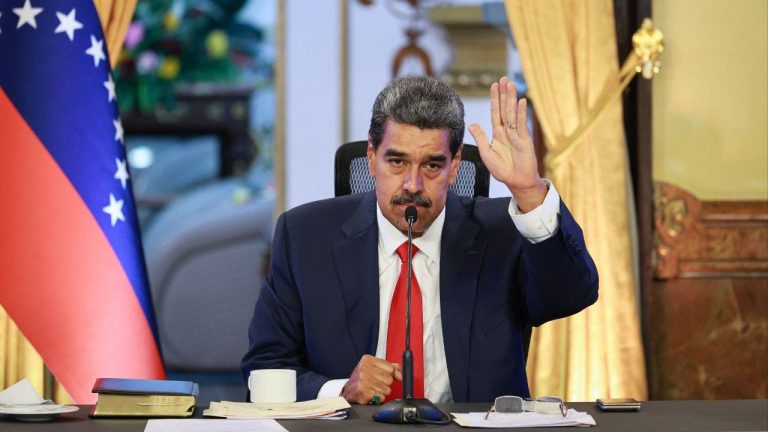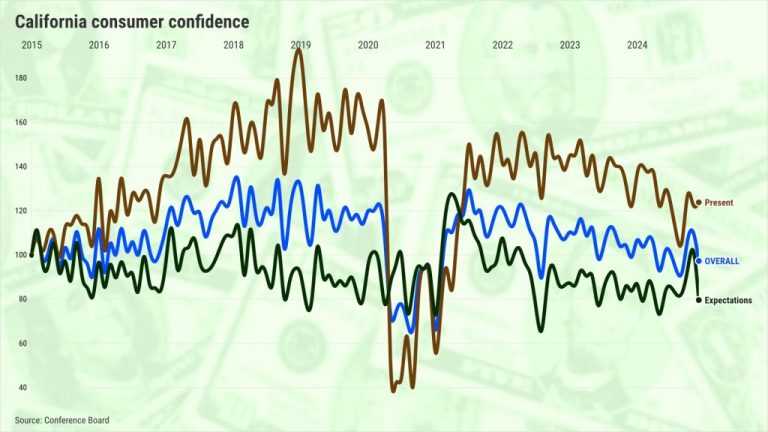
An unprecedented musical collaboration between California’s three largest orchestras commenced last weekend.
The California Festival was spearheaded by Esa-Pekka Salonen, Gustavo Dudamel and Rafael Payare, the respective music directors of symphony orchestras in San Francisco, Los Angeles and San Diego.
Over 17 days, they and 97 other Californian organizations will perform more than 180 works composed in the past five years.
The San Diego Symphony’s Saturday evening concert at the Rady Shell featured recent pieces by David Chesky, Billy Childs, Juan Colomer and San Diego State University professor Texu Kim, all of whom were present.
Kim’s “Zzan!!” began with Maestro Payare hitting a drinking glass with a stick, cuing percussion rolls and a metallic tattoo. The Korean title — which translates as “Cheers!” or “Surprise” — evokes the convivial atmosphere of South Korean karaoke rooms.
Kim described “Zzan!!” as a fusion of an older Korean popular musical style — Trot — and classical music. I detected brief phrases that could have been popular tunes, but they were harmonized in a chromatic language and seemed to evaporate almost as soon as they began, with constantly shifting orchestra colors, like a Schoenberg or Berg waltz or march.
At times, orchestra members clapped rhythms and clinked glasses. The work ended with a long rising and falling vocal whoop from the players. Played with gusto, “Zzan!!” was an effective musical aperitif.
Chesky’s “The Abreu Danzas nos. 4 & 5” invoked Latin-American rhythms and musical forms with spicy polytonalities. The Miami native now lives in New York City, and his dances captured the busy energy of its Latino neighborhoods. Their straightforward energy and the symphony’s lively performance were appreciated by the audience.
Childs’ “Diaspora” was the most substantial 21st-century offering, a saxophone concerto co-commissioned by the San Diego Symphony and written for the young virtuoso Steven Banks. In Childs’ detailed program notes, “Diaspora” purported to capture the African-American experience, starting with happiness in Africa, the tragedy of enslavement and Black empowerment through American churches.
His notes were a helpful aid to listeners, but one could enjoy the work on its own musical merits. The emotional arc of the work is reflected in its diatonic, neoclassical beginning, becoming more chromatic, with the Middle Passage represented by a genuine 12-tone row, giving way to the lilting tonal hymn of the final section.
Banks was a stellar soloist, producing a beautiful, tightly focused timbre on both soprano and alto saxophones, agilely leaping and firing off rapid passages without ever breaking his tone. For the finale, Banks had to pick up his soprano sax cold and sing out a perfectly sounded note in its highest register, which he chillingly did. The crowd roared its approval for both Banks and Childs.
Following intermission, Payare and company premiered L.A. resident Juan Colomer’s “A Casual Walk to Extinction.” Finely detailed playing was heard, but this slow march was the least memorable offering on the program.
This concert was originally intended to be heard in an acoustically improved Jacobs Music Center. Alas, the overhaul continues. Richard Strauss’ musical explication of Nietzsche’s novel “Also Sprach Zarathustra” suffered in an outdoor venue, despite an otherwise exemplary performance.
The famous climactic opening pales without a hall’s resonance to capture its overpowering majesty.
Ambient sounds covered the quietest passages, especially the ambiguous ending in two different keys. The high instruments came through cleanly, but you could barely hear the conflicting harmony in the low strings. There was also a hissing noise sounding during string passages — I’ve occasionally noticed this before.
Let’s hope the Jacob Music Center’s contractors channel their Nietzschean will to power to complete the renovations there without further delay.
Hertzog is a freelance writer.







